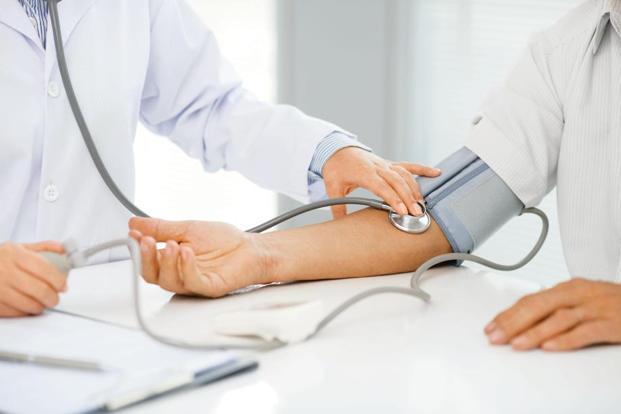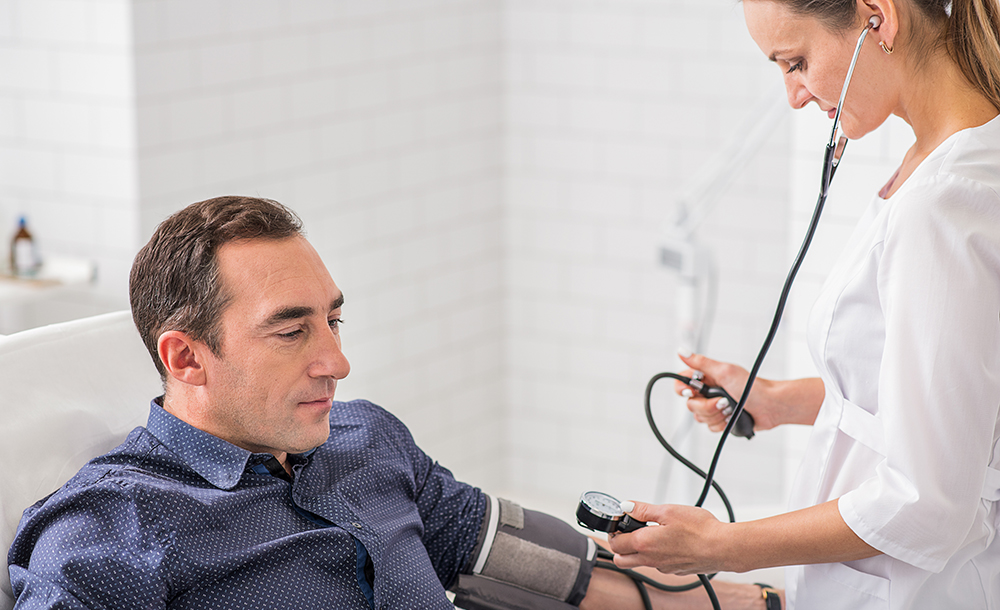What you need to know about Hypertension Procedure
Contents
- 1 What you need to know about Hypertension Procedure
- 2 What Does the Procedure Involve?
- 3 How Long Should You Stay in the Area?
- 4 How Long is the Recovery Time?
- 5 What Aftercare Should You Consider?
- 6 What is the Success Rate for a Hypertension Procedure?
- 7 Are there Alternatives to a Hypertension Procedure?
- 8 What Should You Expect Before and After the Procedure?
High blood pressure rarely has any noticeable symptoms and many people do not realize that they have the condition. However, if left untreated, it can increase your risk of serious complications, such as strokes and heart attacks, which is why it is very important to check your blood pressure regularly to know if you have the condition. While some people may be able to manage their high blood pressure with a healthy lifestyle, some might need treatment.
What Does the Procedure Involve?
Your doctor will likely take two to three blood pressure readings at separate appointments before confirming their diagnose. Some blood and urine tests may also be performed to determine the risk of other problems. Then, they may prescribe medication to lower your blood pressure to help control high blood pressure, such as thiazide diuretics, angiotensin II receptor blockers (ARBs), angiotensin-converting enzyme (ACE) inhibitors, and calcium channel blockers. The category of medication your doctor gives you depends on your general health and your blood pressure readings.

How Long Should You Stay in the Area?
If you do not experience any symptoms of hypertension after your treatment, you should be able to leave the Country right away. However, it is best to consult with your doctor the ideal time for you to travel home.
How Long is the Recovery Time?
Treatment for hypertension requires little to no downtime. It is advisable to rest as much as possible if you are still experiencing symptoms of hypertension.
What Aftercare Should You Consider?
Aftercare of hypertension treatment is very important to manage your high blood pressure. You need to schedule appointments with your doctor periodically to ensure that your blood pressure is in the ideal range. Eating a healthy diet is also essential to keep your blood pressure at the recommended range. Take your medication as prescribed, quit smoking, limit your alcohol intake, reduce the amount of sodium in your diet, and get regular aerobic exercise.
What is the Success Rate for a Hypertension Procedure?
Hypertension medication is a generally safe and effective treatment to manage your blood pressure. Although most people do not experience any side effects, there are still some to be aware of, extra urination, erection problems, fatigue, weakness, leg cramps, sudden and intense foot pain, diarrhea, dizziness, feeling nervous, headache, skin rash, nausea, vomiting, cough, and unintentional weight loss or gain.
Are there Alternatives to a Hypertension Procedure?
If you cannot take medications because you have side effects, you should take to your doctor about solutions. Some people are able to manage their condition with lifestyle changes. If the medications mentioned above do not improve your condition, your doctor may prescribe vasodilators, renin inhibitors, alpha-blockers, alpha-beta blockers, beta-blockers, aldosterone antagonists, or central-acting agents.
What Should You Expect Before and After the Procedure?
Hypertension can be dangerous, cause symptoms, and increase your risk of getting more life-threatening conditions. After treatment, any symptoms you experience before should be gone and your risk of heart attack or stroke is greatly reduced.
For an in-depth explanation of Hypertension, watch this short video.
To check prices or to book a Hypertension Procedure in Thailand or anywhere else in the world, head on over to MyMediTravel now!

